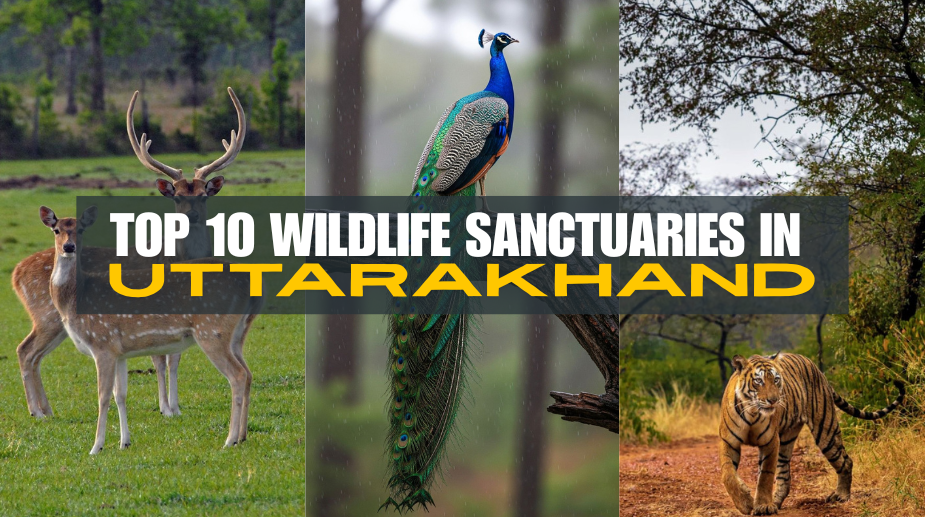
Wildlife Sanctuaries and National Parks in Uttarakhand – A Complete Guide
Uttarakhand, also called the “Land of Gods”, is not only famous for its hill stations, temples, and trekking trails but also for its breathtaking wildlife. Nestled in the lap of the Himalayas, this state is home to some of the most famous wildlife sanctuaries and national parks in India. From majestic tigers in the dense forests to rare high-altitude species in alpine zones, Uttarakhand offers a haven for both nature lovers and adventure seekers.
In this blog, we’ll explore the top national parks and wildlife sanctuaries in Uttarakhand, their unique features, flora and fauna, and travel tips. We’ll also connect you with other destinations such as famous lakes in Uttarakhand, trekking spots, and tourist attractions for a complete travel guide.
Why Explore Wildlife in Uttarakhand?
- Rich Biodiversity – From tropical forests to alpine meadows, Uttarakhand has varied ecosystems.
- Home to Rare Species – Snow leopards, musk deer, Himalayan monals, and Bengal tigers thrive here.
- Adventure & Photography – A paradise for birdwatchers, wildlife photographers, and trekkers.
- Eco-Tourism Hotspot – Perfect for sustainable travel enthusiasts.
Whether you’re planning a spiritual Char Dham Yatra, a leisure trip to Nainital, or a backpacking trek, combining your journey with a wildlife experience makes it truly memorable.
1. Jim Corbett National Park – The Oldest Tiger Reserve
Jim Corbett National Park, located in the Nainital district, holds the distinction of being India’s first national park, established in 1936. It is also the most renowned wildlife destination in Uttarakhand, forming a crucial part of the Corbett Tiger Reserve. Sprawling across 520 square kilometers of dense forests, flowing rivers, and open grasslands, the park is a true haven for wildlife enthusiasts.
Famous for being home to the majestic Royal Bengal Tiger, Corbett also shelters a rich variety of flora and fauna, including leopards, elephants, gharials, wild boars, and more than 650 species of birds. Visitors can immerse themselves in thrilling activities such as jeep safaris, canter safaris, birdwatching, and peaceful nature walks. The best time to experience the park’s wilderness and spot its diverse wildlife is between November and March.
While visiting Corbett, you can also explore nearby famous lakes in Uttarakhand like Nainital, Bhimtal, and Sattal.
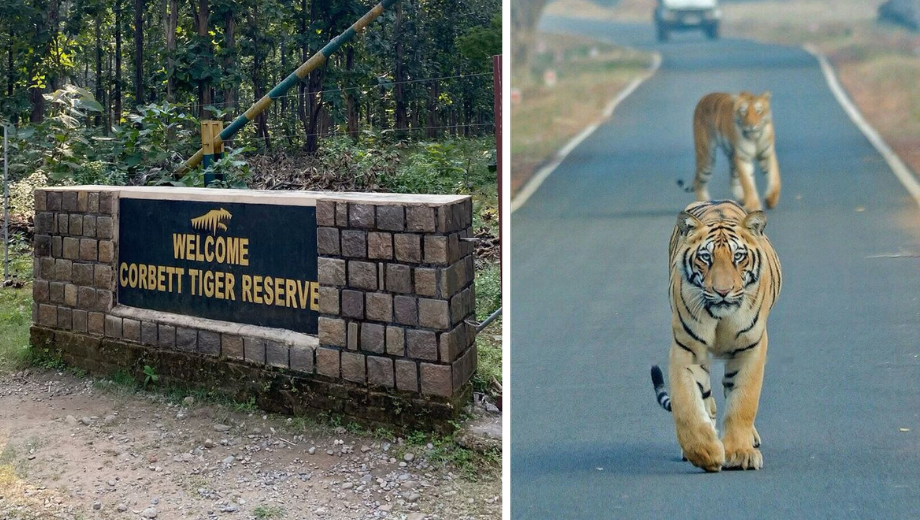
2. Rajaji National Park – Gateway to the Wild
Rajaji National Park, spread across the districts of Haridwar, Dehradun, and Pauri, is a vast expanse of wilderness covering more than 820 square kilometres. Known for being home to the second-largest population of elephants in Uttarakhand, the park is especially famous for its Asiatic elephants and elusive leopards.
Along with these majestic creatures, Rajaji also shelters tigers, sloth bears, monitor lizards, hornbills, and even the formidable king cobra, making it a paradise for wildlife lovers. Its convenient accessibility from both Rishikesh and Dehradun makes it an easy addition to travel itineraries, whether for a day trip or a longer stay. The best time to explore the park’s rich biodiversity and enjoy safaris is from November to June.
If you’re on a spiritual journey in Rishikesh – The Yoga Capital of the World, a day trip to Rajaji National Park makes for an exciting detour.
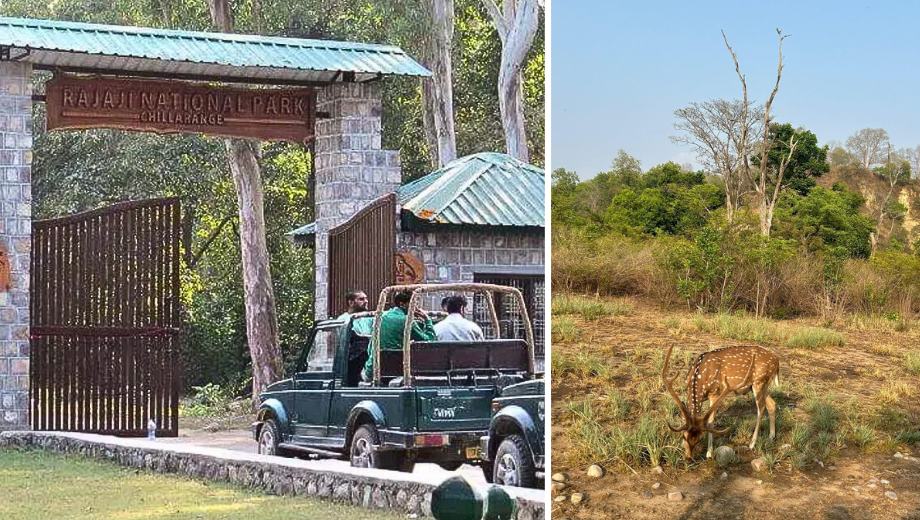
3. Valley of Flowers National Park – A UNESCO World Heritage Site
Located in the Chamoli district, the Valley of Flowers National Park is world-famous for its breathtaking meadows of vibrant alpine flowers. Nestled within the Nanda Devi Biosphere Reserve, it has earned global recognition as a UNESCO World Heritage Site. The valley is renowned for its rare and exotic blooms, including the sacred Brahma Kamal, the delicate blue poppy, and colorful orchids.
Alongside its floral beauty, the park is also home to remarkable wildlife such as the elusive snow leopard, musk deer, and the Himalayan black bear. For trekking enthusiasts, the Valley of Flowers offers an unforgettable experience, combining natural splendor with adventure. The best time to visit is between July and September, when the flowers bloom in full glory. Adding to its charm, the valley lies close to Hemkund Sahib, a revered Sikh pilgrimage site set beside a pristine glacial lake, making it a destination that blends spirituality with natural beauty.
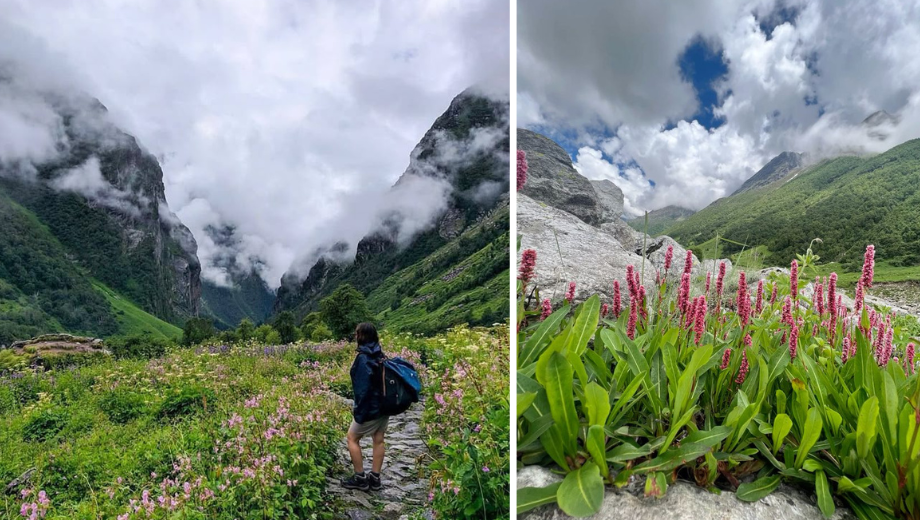
4. Nanda Devi National Park – High-Altitude Wilderness
Part of the Nanda Devi Biosphere Reserve, the Nanda Devi National Park is a true paradise for adventure seekers and nature lovers who are drawn to rugged mountain landscapes. Encompassing the mighty Nanda Devi peak—India’s second-highest mountain at 7,816 meters—the park offers a dramatic backdrop of glaciers, alpine meadows, and steep valleys.
Famous for its unique high-altitude wildlife, it shelters rare species such as the elusive snow leopard, Himalayan tahr, serow, and bharal (blue sheep). Considered a dream destination for hardcore trekkers and mountaineers, this park promises both challenge and reward. The best time to visit is from May to October, when trails open up after the snow melts. Many visitors also combine their journey here with nearby famous trekking spots in Uttarakhand, making it a must-visit for those seeking both adventure and natural beauty.
For adventure seekers, this can be combined with treks like Roopkund or Kuari Pass, both among Uttarakhand’s famous trekking routes.
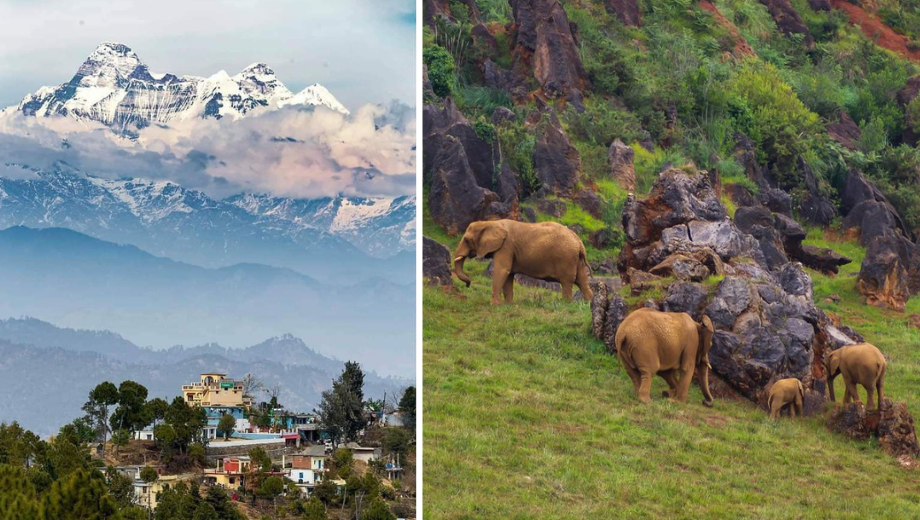
5. Govind Wildlife Sanctuary & National Park – A Hidden Gem
Located in the Uttarkashi district, the Govind Wildlife Sanctuary is one of Uttarakhand’s lesser-explored gems, offering an experience that is both serene and rewarding. Famous for its population of snow leopards, the sanctuary also shelters golden eagles, Himalayan black bears, and a variety of other high-altitude species.
Its diverse landscape includes dense forests, sparkling glaciers, and vast alpine meadows, making it a delight for nature enthusiasts. What sets Govind apart is its proximity to some of the top trekking spots in Uttarakhand, such as the Har Ki Dun and Kedarkantha treks, both highly popular among adventure seekers. The best time to visit this sanctuary is from April to June and September to November, when the weather is pleasant, the trails are open, and the wildlife sightings are at their best.
If you want to escape the crowds of Jim Corbett and Rajaji, this is the sanctuary to visit.
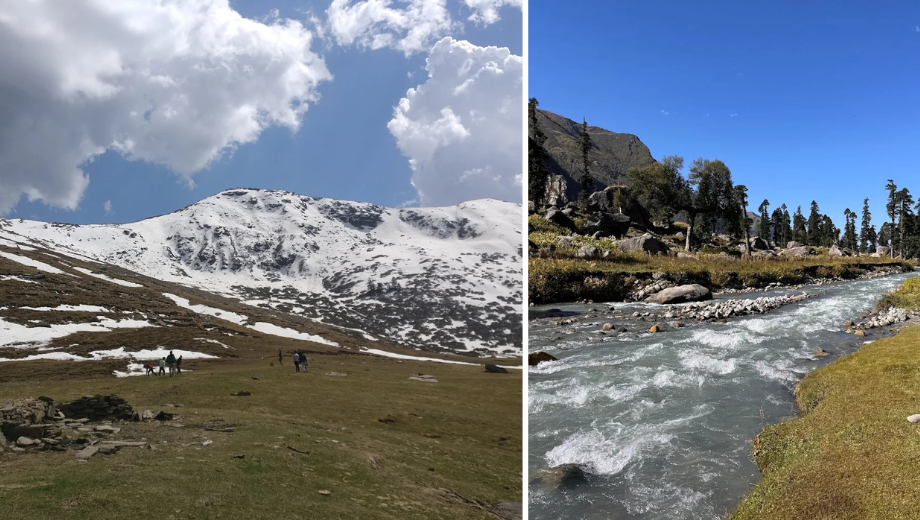
6. Binsar Wildlife Sanctuary – A Paradise for Birdwatchers
Binsar Wildlife Sanctuary, located in the Almora district, may be compact in size but is immensely rich in biodiversity and natural beauty. Surrounded by dense oak, pine, and rhododendron forests, it is a paradise for birdwatchers, with over 200 species of birds, including the colorful Himalayan monal pheasant.
Along with its vibrant avifauna, Binsar is also home to leopards, barking deer, porcupines, and flying squirrels, offering plenty for wildlife enthusiasts to discover. What makes this sanctuary truly unique is its panoramic vantage points, which provide stunning views of some of the greatest Himalayan peaks like Nanda Devi, Trishul, and Kedarnath. The best time to visit Binsar is from October to March, when the weather is clear, making it perfect for wildlife spotting and mountain photography. Travelers often combine this visit with nearby places to visit in Nainital, creating a wholesome hill-station and wildlife experience.
Birdwatchers often combine this with a visit to nearby Nainital attractions.
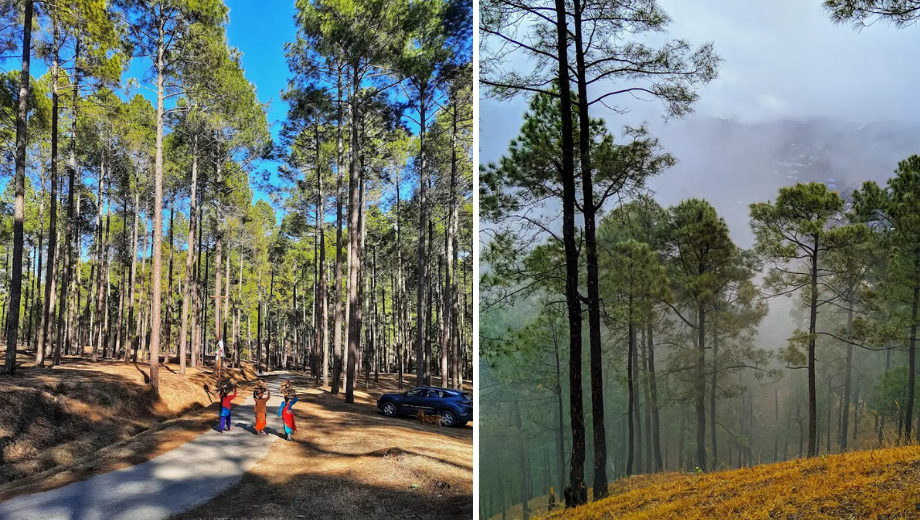
7. Kedarnath Wildlife Sanctuary – Alpine Beauty
Located around the sacred Kedarnath temple, the Kedarnath Wildlife Sanctuary is a vast high-altitude ecosystem spread across 975 square kilometers. Famous for being the natural habitat of the Himalayan musk deer, it also shelters snow leopards, monal pheasants, and several other rare mountain species.
What makes this sanctuary unique is its spiritual connection, as it lies along the route of the revered Char Dham Yatra, attracting not only wildlife enthusiasts but also pilgrims seeking divine blessings amidst pristine nature. The best time to visit is from May to October, when the snow recedes, trails open up, and both the wildlife and surrounding Himalayan landscapes are at their most magnificent
The blend of spirituality and wildlife here makes it one of Uttarakhand’s most unique destinations.
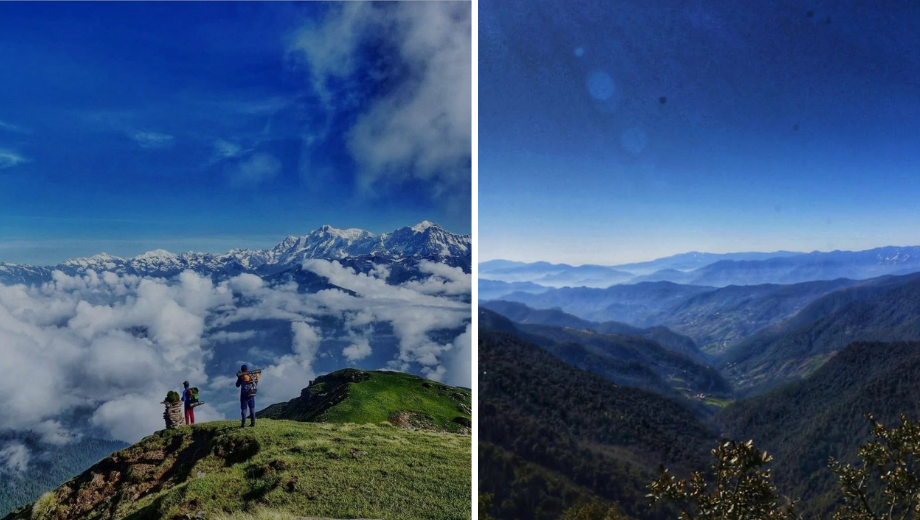
8. Askot Wildlife Sanctuary – Offbeat Himalayan Wilderness
Askot Wildlife Sanctuary, located in the Pithoragarh district near the Indo-Nepal border, is one of Uttarakhand’s most offbeat yet fascinating wilderness areas. Famous for its Himalayan goats, musk deer, and elusive snow leopards, the sanctuary also stands out for its rich collection of rare medicinal plants, making it valuable for ecological and scientific research.
Unlike the more popular reserves, Askot is best suited for offbeat explorers and researchers who wish to experience raw Himalayan biodiversity away from the usual tourist trails. Its untouched landscapes and unique flora and fauna make it a hidden treasure in Uttarakhand’s wildlife map.
This sanctuary is less crowded and ideal for eco-tourism enthusiasts.
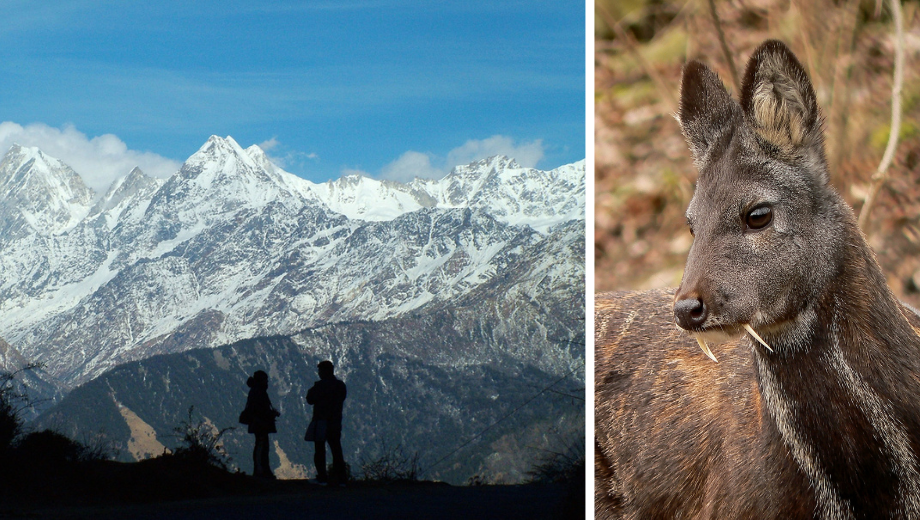
9. Sonanadi Wildlife Sanctuary – Elephant Country
Part of the Corbett Tiger Reserve, the Sonanadi Wildlife Sanctuary is a thriving wilderness area celebrated for its dense forests and large population of elephants. In addition to these gentle giants, the sanctuary is also famous among birdwatchers, with more than 550 recorded bird species filling its skies. Visitors can enjoy thrilling activities such as jeep safaris through thick sal forests and peaceful nature camping experiences amidst untouched greenery.
The best time to visit Sonanadi is from November to June, when the weather is pleasant and wildlife sightings are at their peak. Many travelers also combine a trip here with Jim Corbett National Park for a complete tiger-and-elephant safari adventure in Uttarakhand.
Many tourists combine a visit here with Jim Corbett for a complete tiger-and-elephant experience.
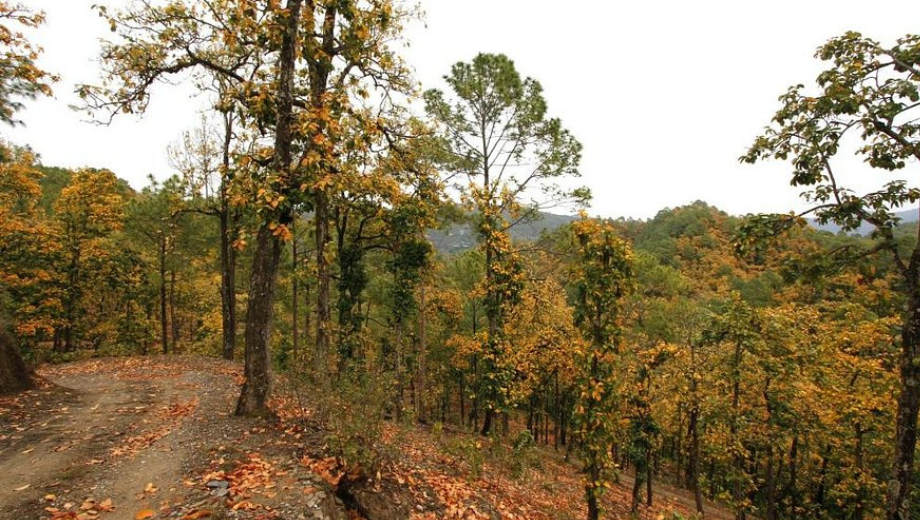
10. Gangotri National Park – The Glacial Wonderland
Located in Uttarkashi, the Gangotri National Park spans over 1,500 square kilometers and is home to the majestic Gaumukh glacier, the source of the holy river Ganga. This high-altitude national park is famous for its stunning glaciers, rugged landscapes, and unique Himalayan wildlife, including the Himalayan tahr and the elusive snow leopard.
Adding a spiritual dimension to its natural beauty, the park lies close to the sacred Gangotri Dham, making it a destination where faith and wilderness meet. The best time to visit is from May to October, when the trails are open, the weather is pleasant, and both pilgrims and nature enthusiasts can fully experience its grandeur.
It’s a perfect blend of spirituality, trekking, and wildlife exploration.
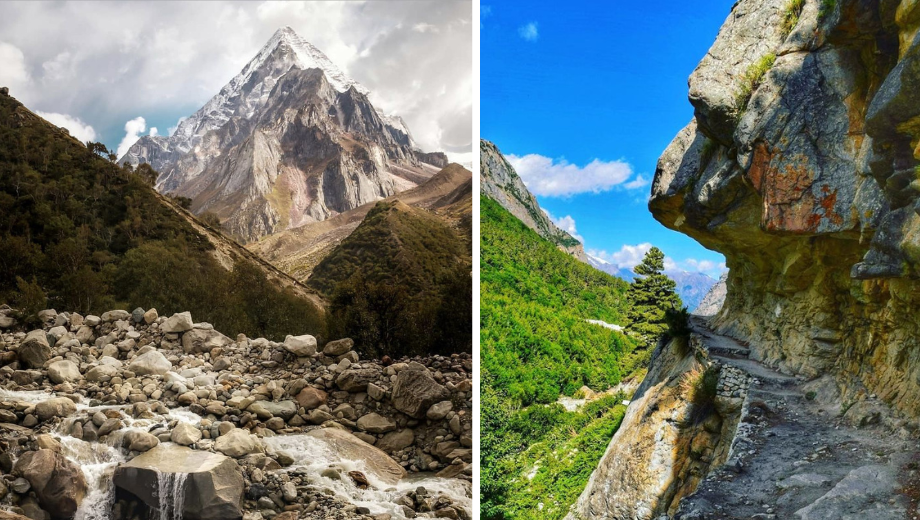
Tips for Visiting Wildlife Sanctuaries in Uttarakhand
- Best Season – October to June (avoid monsoons due to landslides)
- Permits – Obtain entry permits for national parks in advance
- Stay Options – Forest lodges, eco-camps, and nearby hill station hotels
- Do’s and Don’ts – Avoid plastic, respect wildlife, maintain silence during safaris
Nearby Attractions to Combine with Wildlife Tours
- Famous Lakes in Uttarakhand – Bhimtal, Nainital, Tehri Lake
- Top 10 Cafes in Dehradun – Perfect for foodies after a wildlife tour
- Top 10 Places in Rishikesh – Adventure sports and yoga retreats
- Top 10 Waterfalls in Uttarakhand – Explore scenic waterfalls near forest regions
- Top 10 Religious Places in Dehradun – Combine wildlife with spirituality
Conclusion
Uttarakhand is not just about mountains, lakes, and spirituality—it is also a land of untamed wilderness. From the roaring tigers of Corbett to the delicate flowers of the Valley of Flowers, from high-altitude snow leopards to flocks of Himalayan birds, the state promises an unforgettable wildlife experience.
So, whether you’re planning to explore Nainital, trek through famous trails, or seek peace in Rishikesh, don’t miss the chance to add wildlife sanctuaries and national parks in Uttarakhand to your itinerary.
FAQs
1. Which is the most famous national park in Uttarakhand?
Jim Corbett National Park is the most popular and the oldest tiger reserve in India.
2. What is the best time to visit these parks?
October to June is ideal for most parks. Valley of Flowers is best visited in July–September.
3. Are safaris available in all sanctuaries?
No, jeep/canter safaris are common in Jim Corbett and Rajaji, while trekking is the main way to explore high-altitude parks like Valley of Flowers.
4. Can I combine a wildlife trip with trekking?
Yes! Parks like Nanda Devi, Govind, and Kedarnath offer excellent trekking options.
5. Is it safe to visit with family?
Absolutely, most sanctuaries are family-friendly with guided tours and forest lodges.




Leave a Reply